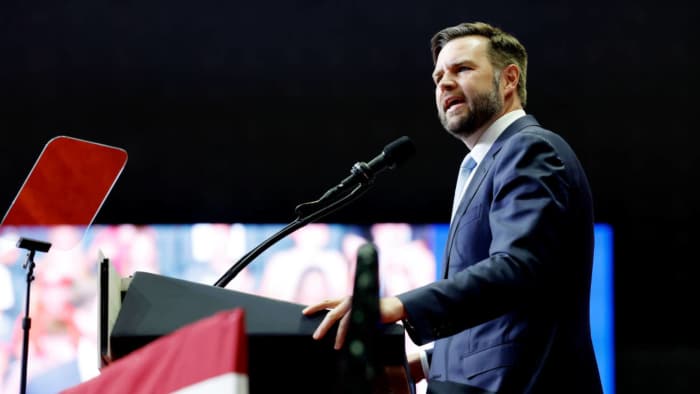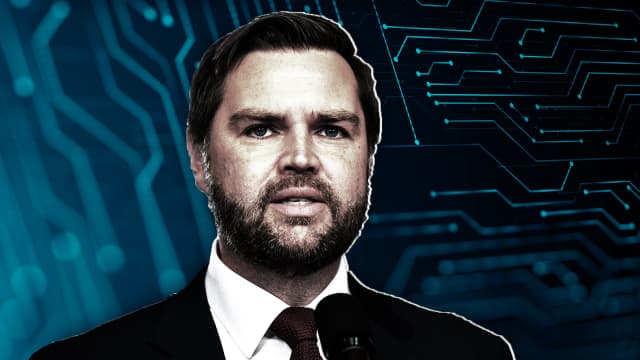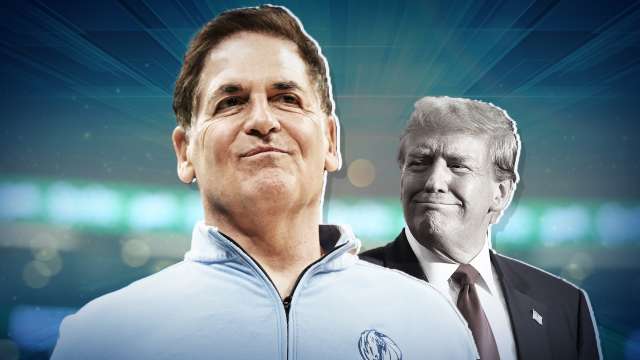The AI Landscape Under Trump: A Glimpse into the Future
A few months into his presidency, the direction of U.S. artificial intelligence (AI) policy remains uncertain. This ambiguity comes at a critical juncture for the tech sector, as major companies unveil new AI products and enhance existing models. Economic uncertainty caused by potential tariffs adds complexity to the financial landscape for investment in the sector.

JD Vance speaking at a campaign rally.
Several prominent tech companies have sought to influence the Trump administration’s AI policy. OpenAI and Google have advocated for reduced regulation. Vice President JD Vance has also voiced support for easing restrictions on tech companies, offering further insight into the administration’s stance.
Vance’s Perspective on AI Regulation
Before entering politics, Vance, a former Silicon Valley insider, garnered recognition from tech leaders. He’s continued to engage in discussions about AI and its regulation. In February 2024, he spoke at the Paris AI Action Summit, arguing that extensive regulation could stifle the burgeoning industry. He stopped short of endorsing the summit’s AI safety and transparency declaration.
On March 18, Vance addressed the Andreessen Horowitz American Dynamism Summit in Washington D.C. He reiterated his stance, viewing AI through a free-market lens. “In America, we’ve got to be tech-forward,” he stated. “Yes, there are concerns. Yes there are risks, but we have to be leaning into the AI future with optimism and hope, because I think real technological innovation is going to make our country stronger.”
He criticized the U.S. government for supposedly failing both “populists and tech optimists” for four decades. To spur growth, Vance argued, the sector needed less regulation.
Debate and Implications
Elika Dadsetan-Foley, CEO of VISIONS, Inc., expressed concern, stating, “While Vance argues that reducing AI regulation will spur growth, history has shown that deregulation without safeguards often prioritizes profit over people, leading to systemic harm.”
HP Newquist, Executive Director of The Relayer Group, said Vance echoes venture capitalist Marc Andreesen’s arguments for a largely unregulated AI environment, with post-hoc safeguards. Newquist noted, “Restrictions need to be built in now, because trying to add regulations and controls later is a case of closing the barn doors after the horses have been set free.”

Vice President JD Vance has issued a take on U.S. AI policy.
Vance addressed the Trump administration’s tariff plans, emphasizing an intention to “rearrange our trade and tariff regime internationally.” He wants to bring companies back to the U.S., viewing cheap labor as a dependency.

Mark Cuban.
Despite acknowledging the potential for job displacement due to AI, Vance suggests that technological innovation may lead to new job creation. However, Dadsetan-Foley contested this, stating, “Vance’s claim that “cheap labor is a crutch” ignores the reality that many of the workers most at risk from AI-driven automation, which may particularly include low-wage, immigrant, and service-sector employees, have also historically been denied access to the very innovation he champions.”
Dev Nag, CEO of QueryPal, indicated possible issues if these plans go forward. “The Vice President’s stance on domestic investment might overlook how thoroughly America’s AI leadership depends on global talent flows,” he noted. “Any policy framework that disrupts these talent flows by conflating high-skill immigration with labor market competition risks undermining the very innovation ecosystem it aims to protect.”


